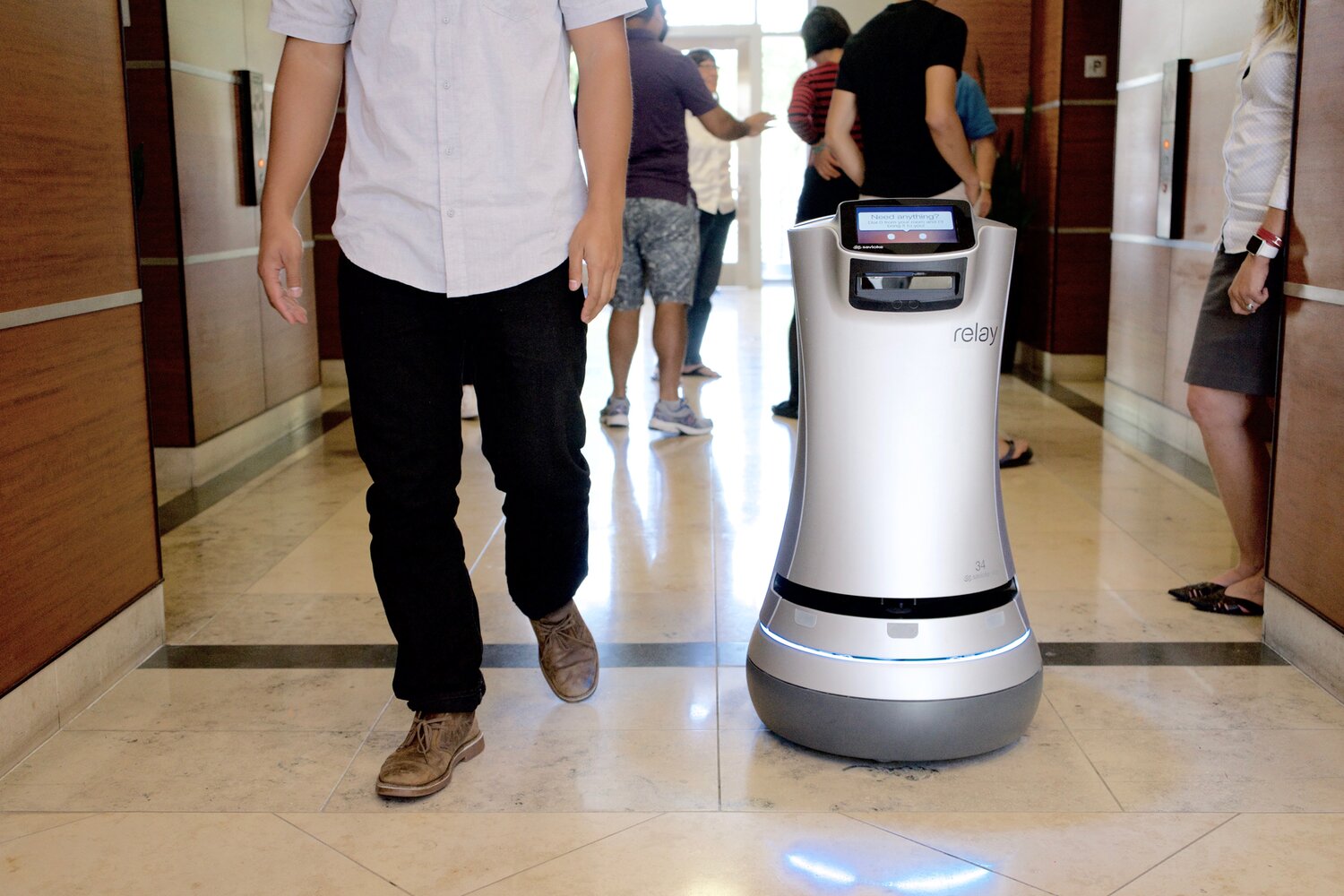DO’s and DON’Ts of Hotel Robots


Synopsis
Terence Ronson's article discusses the growing trend of using robots in hotels for various tasks, particularly those that are repetitive and could be automated, addressing the challenges of finding and affording human labor. These AI-powered machines are capable of handling a range of tasks and inquiries, significantly enhancing the guest experience by providing prompt, accurate, and continuous assistance. This ensures that guests feel well-supported and informed during their stay. The adoption of robots in hotels relieves staff from physically demanding and repetitive jobs, allowing them to concentrate on key areas such as housekeeping, food and beverage services, and car park management.
INTRODUCTION
Increasingly, HOTEL robots are being considered For various hotel tasks, especially those that are repetitive and accomplishable by a machine, versus an ever increasingly difficult-to-find and costly human.
These AI-powered machines Can handle various tasks and inquiries, enhancing the guest experience to deliver prompt, accurate, and round-the-clock assistance, ensuring guests feel supported and well-informed throughout their stay.
Robots are taking care of all the physically demanding or painful and repetitive jobs, allowing your staff to focus on what is important, be that housekeeping, F&B, car parks, and so much more.
by no means is THIS an exhaustive list, but it goes some way to achieving goals, AND THROUGH THE USE OF BEST PRACTICES, WILL HELP ENSURE a positive, memorable GUEST experience - achieved through THE EFFECTIVE USE OF TECH.
DO’S
- Understand Your Needs: Identify the tasks that the robot will be performing. This could range from room service to cleaning or even providing information to guests.
-
Thorough Testing: Before deploying the robot, make sure to test it thoroughly in a controlled environment to ensure it can perform its tasks effectively. Triple check the mapping of the robots suits the purpose you have intended for the robot to do, cleaning, bussing in
restaurants, meal and tray delivery, or room delivery robots. Mapping is key! -
Train Your Staff: Make sure your staff understands how to interact with the robot and how to troubleshoot any issues that may arise. Some may see the integration of a robot as intimidating to their job. Promote the benefits to help
increase their efficiency and leave the tedious, monotonous roles to the robot so they can concentrate on items that require the human touch. - Consider Guest Interaction: The robot should be user-friendly and able to interact with guests in a pleasant and helpful manner.
- Regular Maintenance: Robots, like any other machine, require regular maintenance to ensure they continue to function properly.
- Have a Backup Plan: In case the robot malfunctions or is unable to perform its tasks, have a backup plan in place.
- Assess Battery Life and Autonomy: The robot should have a reasonable battery life and be able to perform its duties without constant human intervention.
- Update Software Regularly: Regular software updates can help improve the robot's performance and fix any bugs or issues.
- Prioritize Security: Ensure the robot's software is secure to protect against any potential cyber threats.
- Use Data Effectively: Robots can collect a wealth of data. Use this data to improve your services and guest experience.
- Consider the Aesthetics: The robot should fit in with the hotel's decor and not be an eyesore.
- Ensure the integration and full support top-down behind the use of the robot. It is all well and good to tell staff to use it, but you need to make sure it is part of standard operating procedures to ensure the use of it for tasks, or you've invested a lot of money into an expensive statue.
- Consider Integration with Existing Systems: Check whether the robot can easily integrate with your hotel's technology infrastructure.
- ALWAYS assign a staff member with sole responsibility and ownership of the project—a critical success factor in implementing robots.
- Request a Demo or Trial: Have the vendor demonstrate the robot in your environment or provide a trial period.
DON’TS
- Ignore Guest Privacy: Ensure the robot respects guest privacy and does not intrude into their personal space.
- Rely Solely on the Robot: Robots should complement your staff, not replace them. Human interaction is still a crucial part of the hospitality industry.
- Forget About Noise Levels: The robot should operate quietly to not disturb guests, especially at night.
- Neglect Safety: The robot should be safe to interact with and not pose any risk to guests or staff.
- Ignore Long-Term Viability: Consider how the vendor's roadmap aligns with your long-term goals and the future of the hospitality industry. Avoid vendors that may not have a clear plan for future developments.
- Ignore Feedback: Consider feedback from guests and staff about the robot's performance and make necessary adjustments.
- Overcomplicate Tasks: The tasks assigned to the robot should be Overcomplicating tasks can lead to errors and inefficiencies.
- Forget About Accessibility: The robot should be accessible to all guests, including those with disabilities.
- Rush the Decision: Take the time to thoroughly research, evaluate, and consult with various stakeholders to ensure the best decision for your hotel.
- Ignore Local Laws and Regulations: Make sure the use of the robot complies with all local laws and regulations.
- Avoid Closed Systems: If a robot's software or parts are proprietary and prevent third-party integrations, it might limit its usefulness in the long run.
- Neglect Connectivity Issues: Ensure the robot can maintain a stable connection to perform its tasks without interruption.
- Expect Perfection: Robots, like humans, can make mistakes. Be prepared for occasional hiccups and have a plan to address them. Don't expect the robot to perform flawlessly and DO continual workflow reviews and make appropriate changes; the robot is to help.
- Underestimate Space & Infrastructure Needs: Some robots might require specific docking stations, storage, or pathways. Ensure you have the space and infrastructure to accommodate them.
- Overlook Security Concerns: Assess the security measures to protect data and ensure the robot cannot be easily tampered with.
Conclusion
The integration of AI-powered robots into hotel operations presents a promising avenue for enhancing guest experiences while optimizing staff efficiency. By taking on repetitive and physically demanding tasks, these robots free up human staff to focus on aspects of hospitality that require a personal touch. However, successful deployment hinges on careful planning, including understanding specific needs, thorough testing, staff training, and considering guest interaction. Regular maintenance, software updates, and prioritizing security are crucial for smooth operation. Moreover, it's essential to balance the use of robots with the irreplaceable value of human interaction in the hospitality industry, ensuring guest privacy, safety, and overall satisfaction. While robots offer a significant step forward, they should complement, not replace, the human element in providing memorable and personalized guest experiences. The future of hotel service lies in the synergy between innovative technology and the warmth of human hospitality.
